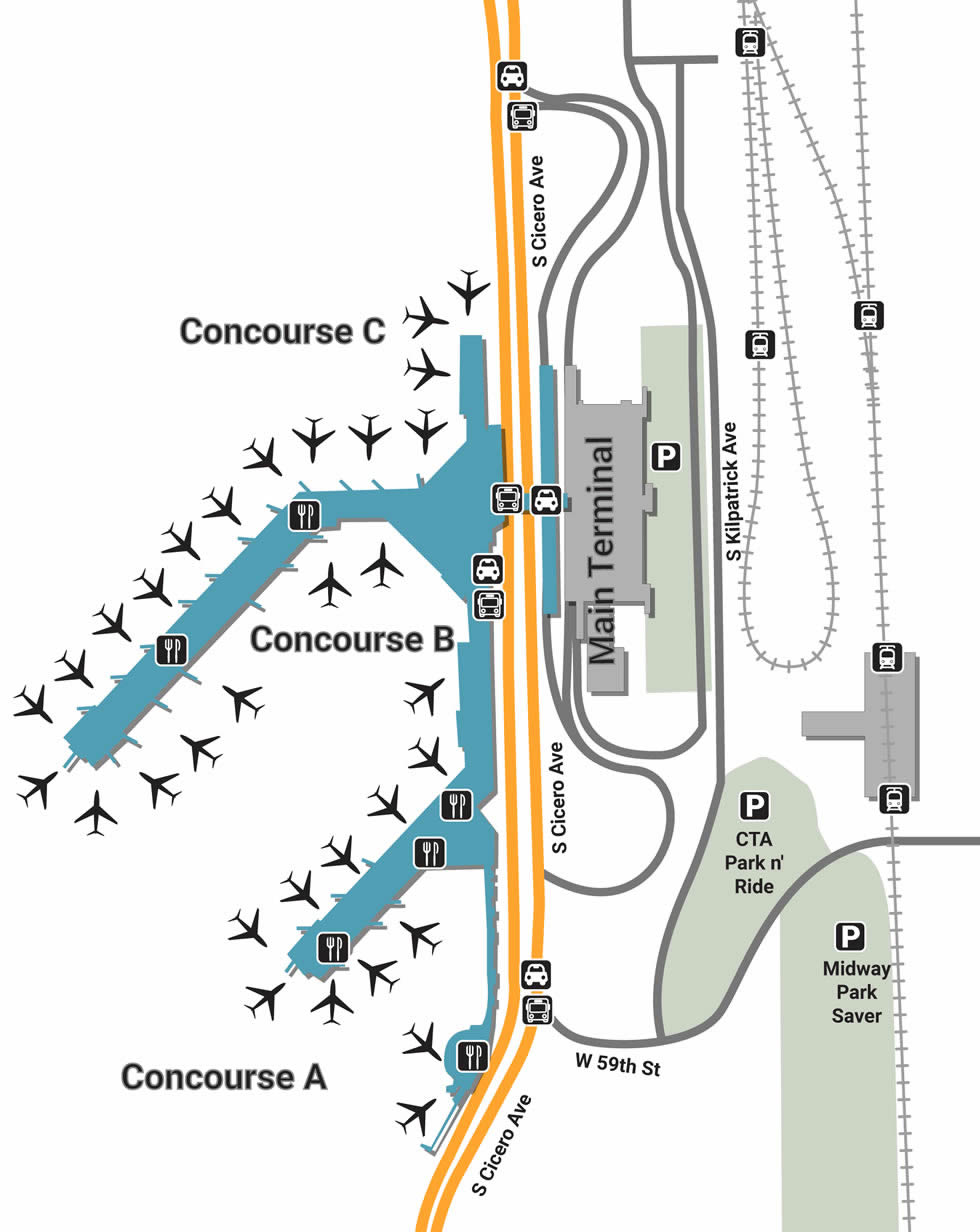


Midway Airlines required reorganization, but the model inspired other carriers, such as Southwest Airlines. It became the airport's flagship, supplying more than half of its passenger volume by 1990. Upstart Midway Airlines formed to challenge major carrier dominance at O'Hare. A few major carriers returned, but by 1976, only Delta Airlines continued to service the fallen giant.ĭeregulation of the airline industry spurred entrepreneurship by new carriers and helped resuscitate the beleaguered airport after 1978. The city of Chicago provided sustaining infusions of cash to Midway investing $10 million in renovation funds in 1968, and supported construction of the nearby StevensonĪs an artery to restore Midway's passenger supply. The requirements of supersonic air travel, such as longer runways, drew carriers to larger and more convenient O'Hare. Customs operations.Īt what should have been its greatest hour, Midway fell prey to technological changes in aviation. The airport's south terminal served new overseas international flights and housed U.S. Subsequent partnerships between the city, the airlines, and new agencies such as the Federal Aviation Administration helped modernize service at Midway. Passenger air travel at Midway during the war years soared and reached 1.3 million by 1945. To reroute its tracks to permit new runway construction at Midway, marking the triumphant evolution of Chicago as a national transportation hub. Officials rededicated the facility as Midway to honor the Pacific air and sea battle ofĪ bond issue funded construction of a passenger terminal and administration building in 1931, and federal grants in subsequent years covered major improvements in runway design, lighting, and safety and service features.Ī 1941 court case ordered the Chicago & Western Indiana A single cinder runway served airmail traffic, and was dedicated Chicago Municipal Airport on December 12, 1927, offering mail, express, and passenger service. In 1926 the city began leasing the field for commercial purposes. Private aircraft were the first planes to take off and land from the square-mile parcel of land leased by the city of Chicago from the Chicago Board of Education. By the 1980s and 1990s, Chicago's outmoded airport had reemerged as a haven for small carriers serving Chicagoans with competitively priced The venerable “Munie” faced apparent obsolescence before reinventing itself following the deregulation of the In competition withįield, however, which had opened in 1955, passenger traffic through Midway plummeted 60 percent by 1961, as the modern, convenient, and jet-friendly runways of O'Hare lured away travelers. At its peak in 1959 the municipal airport served 10 million passengers. Between 19, Chicago's Midway Airport, located on Chicago's Southwest Side between 55th and 63rd Streets and Cicero and Central Avenues, boasted the title of world's busiest airport.


 0 kommentar(er)
0 kommentar(er)
